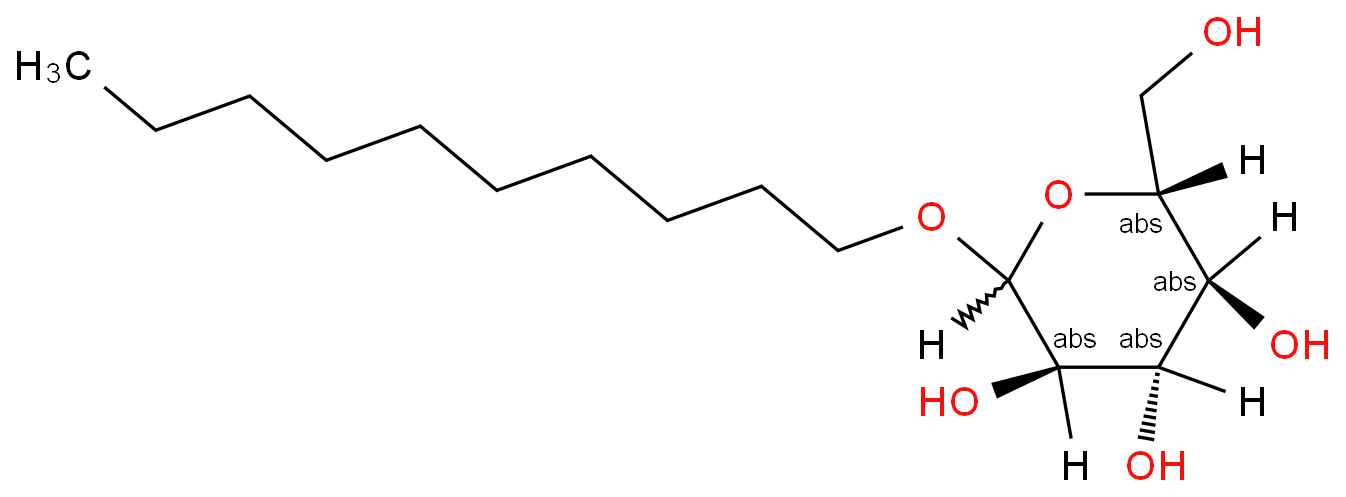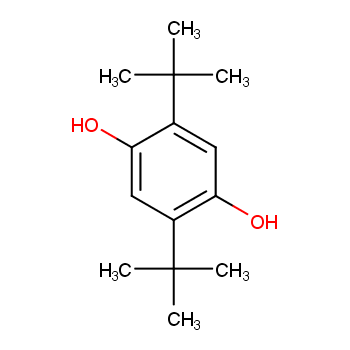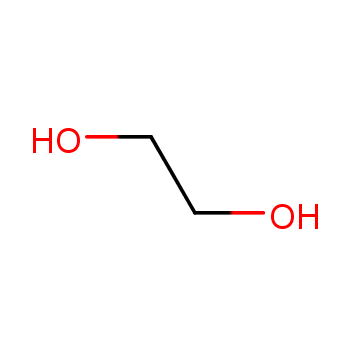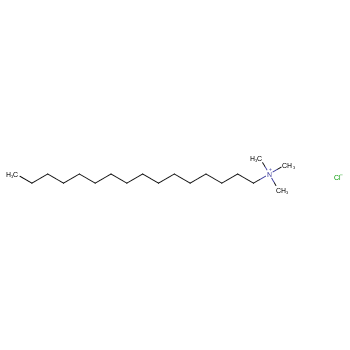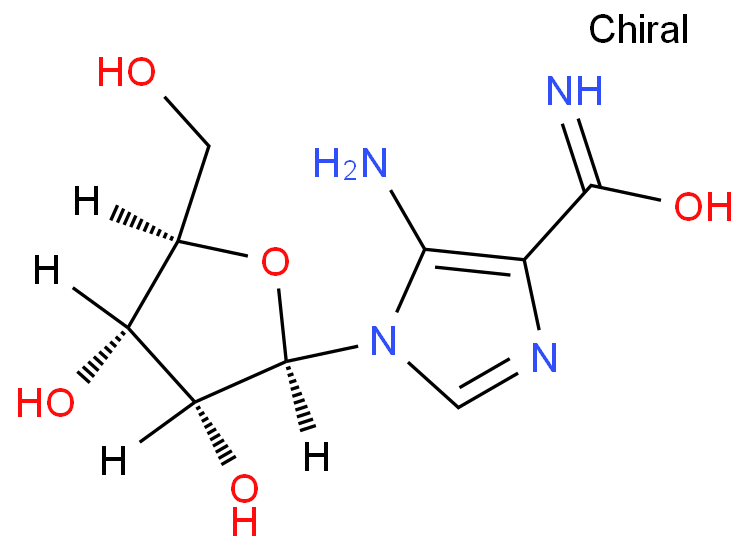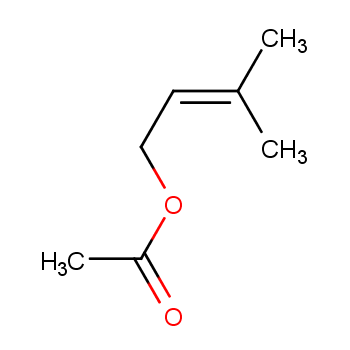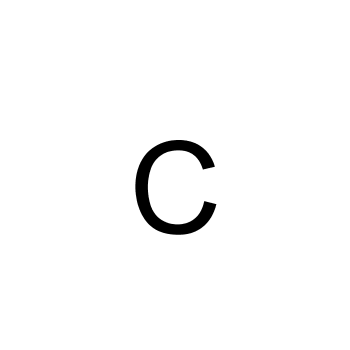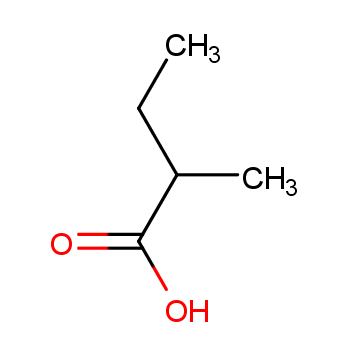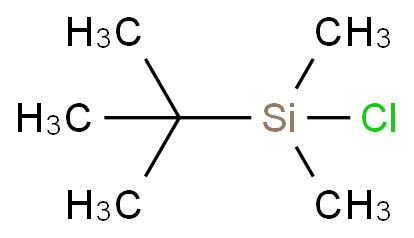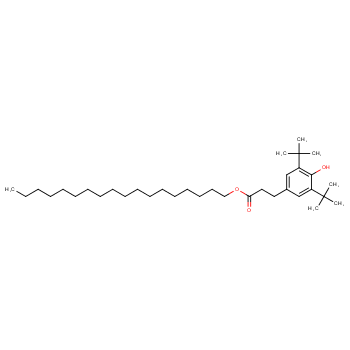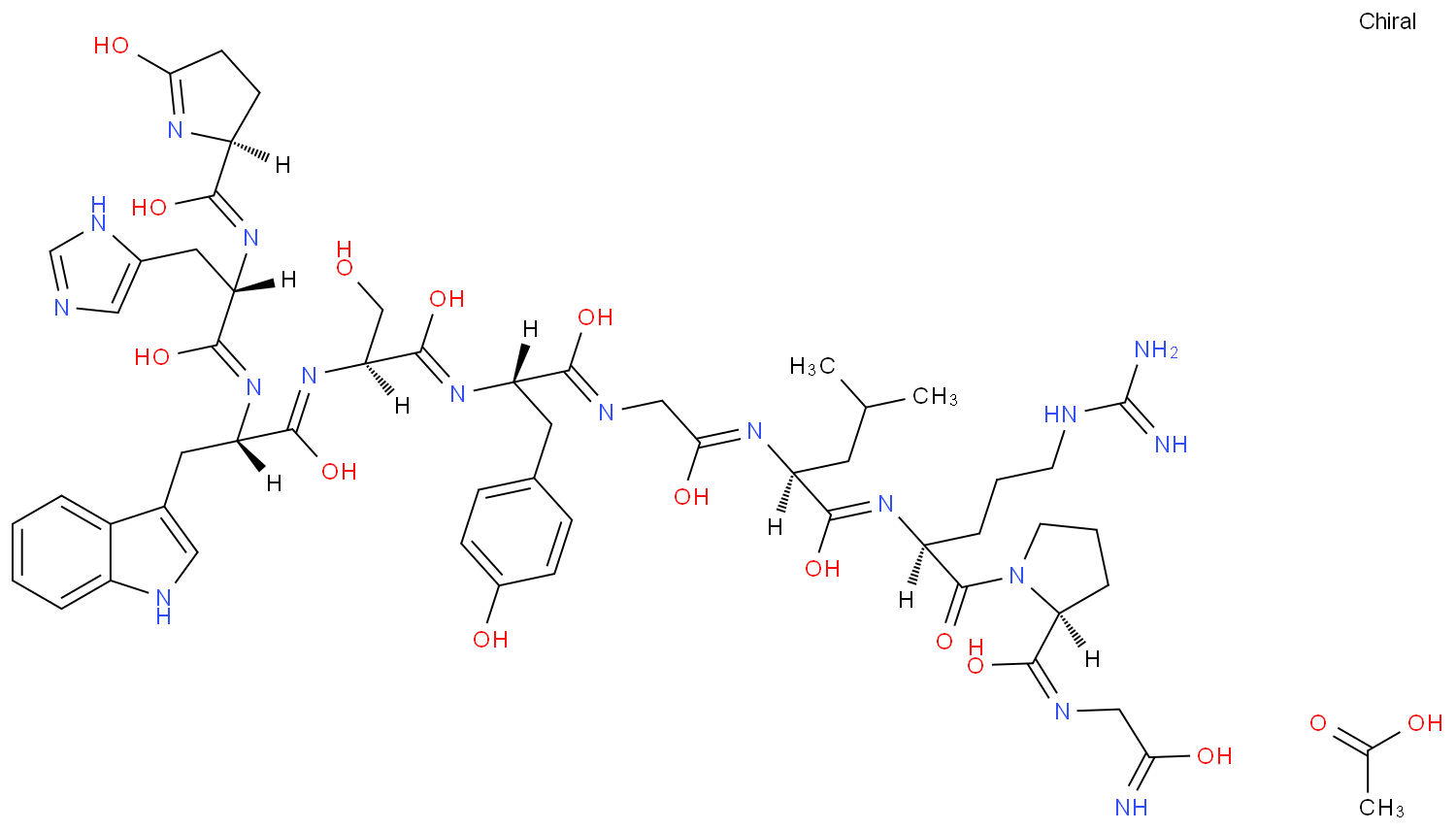Daily chemicals play a pivotal role in supplying the chemical products necessary for people's day-to-day existence. While general chemicals possess fixed chemical structures and physical properties, natural products sourced from animals, plants, or minerals exhibit complex compositions that don't directly meet daily requirements. The transformation of these natural substances into functional daily chemicals necessitates combinations with other chemicals or natural materials.
Characteristics and Development of Daily chemicals
The realm of daily chemicals is a cornerstone of chemical engineering, particularly within the realm of light chemical engineering. These products are characterized by their intricate technology, high added value, diversity, and multidisciplinary nature. Modern daily chemical products stem from high-tech achievements across an array of fields, including chemical engineering, separation engineering, bioengineering, and more. The convergence of these disciplines results in the creation of multidisciplinary products that transcend the boundaries of traditional fine chemicals.
Daily chemicals Categories
Daily chemicals span a diverse range of categories, encompassing synthetic detergents, cosmetics, toothpaste, and various other products. These categories often constitute multi-component, multi-phase systems such as emulsions and suspensions, which present complex thermodynamic characteristics and belong to the domain of non-Newtonian fluid processing.
Natural Ingredients and Formulation of Daily chemicals
Selecting natural, biodegradable, and non-toxic raw materials is a hallmark of modern daily chemicals. The focus lies in ensuring physiological compatibility and minimizing environmental impact. The incorporation of various components is carefully orchestrated to yield synergistic effects, often utilizing microencapsulation technology to optimize efficiency. This results in scientific and automated formulas, enhanced by considerations for appearance, scent, and functionality.
Composition and Complexity of Daily chemicals
Daily chemical products are often intricate blends of various components. For instance, detergents combine different surfactants, foaming agents, and other additives like foam stabilizers and dispersants. Additionally, detergent builders such as 4A molecular sieves and sodium tripolyphosphate are introduced to enhance washing efficiency. This complexity demands a comprehensive understanding of formula design, safety, stability, and processing principles, necessitating collaborative efforts across multiple disciplines.
.more+



